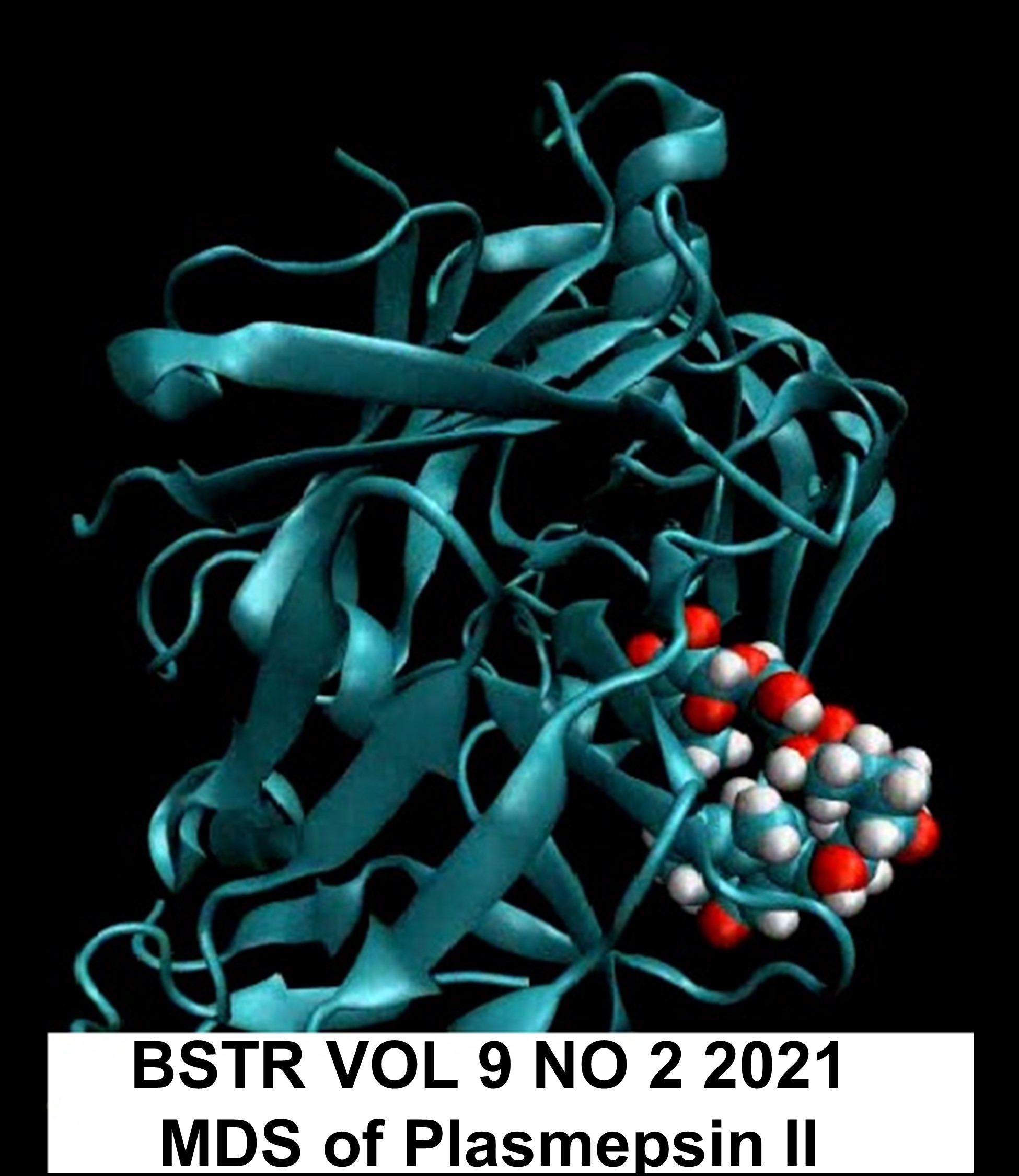Isolation and Characterization of Biosurfactant-producing Alcaligenes sp. YLA11 and its Diesel Degradation Potentials
DOI:
https://doi.org/10.54987/bstr.v9i2.619Keywords:
Diesel oil, Biosurfactant, Alkanes, Alcaligenes sp., BiodegradationAbstract
This study aimed to isolate and identify biosurfactant producing and diesel alkanes degrading bacteria. For this reason, bacteria isolated from the diesel contaminated site were screened for their potential to produce biosurfactants and degrade diesel alkanes. Primary selection of diesel degraders was carried out by using conventional enrichment culture technique where 12 bacterial strains were isolated based on their ability to grow on minimal media supplemented with diesel as sole carbon source, which was followed by qualitative screening methods for potential biosurfactant production. Isolate B11 was the only candidate that shows positive signs for drop collapse, foaming, haemolytic test, oil displacement of more than 22 ± 0.05 mm, and emulsification (E24) of 14 ± 0.30%. The effect of various culture parameters (incubation time, diesel concentration, nitrogen source, pH and temperature) on biodegradation of diesel was evaluated. The optimum incubation time was confirmed to be 120 days for isolates B11, the optimum PH was confirmed as 8.0 for the isolate, Similarly, the optimum temperature was confirmed as 35oC. In addition, diesel oil was used as the sole carbon source for the isolates. The favourable diesel concentration was 12.5 % (v/v) for the isolate. The isolate has shown degradative ability towards Tridecane (C13), dodecane, 2, 6, 10-trimethyl- (C15), Tetradecane (C14), 2,6,10-Trimethyltridecane (C16), Pentadecane (C15). It degraded between 0.27% - 9.65% individual diesel oil alkanes. The strain has exhibited the potential of degrading diesel oil n-alkanes and was identified as Alcaligenes species strain B11 (MZ027604) using the 16S rRNA sequencing.
Downloads
Published
How to Cite
Issue
Section
License
Authors who publish with this journal agree to the following terms:
- Authors retain copyright and grant the journal right of first publication with the work simultaneously licensed under a Creative Commons Attribution License (http://creativecommons.org/licenses/by/4.0) that allows others to share the work with an acknowledgement of the work's authorship and initial publication in this journal.
- Authors are able to enter into separate, additional contractual arrangements for the non-exclusive distribution of the journal's published version of the work (e.g., post it to an institutional repository or publish it in a book), with an acknowledgement of its initial publication in this journal.
- Authors are permitted and encouraged to post their work online (e.g., in institutional repositories or on their website) prior to and during the submission process, as it can lead to productive exchanges, as well as earlier and greater citation of published work (See The Effect of Open Access).


